Gold Is Formed By Earthquakes?
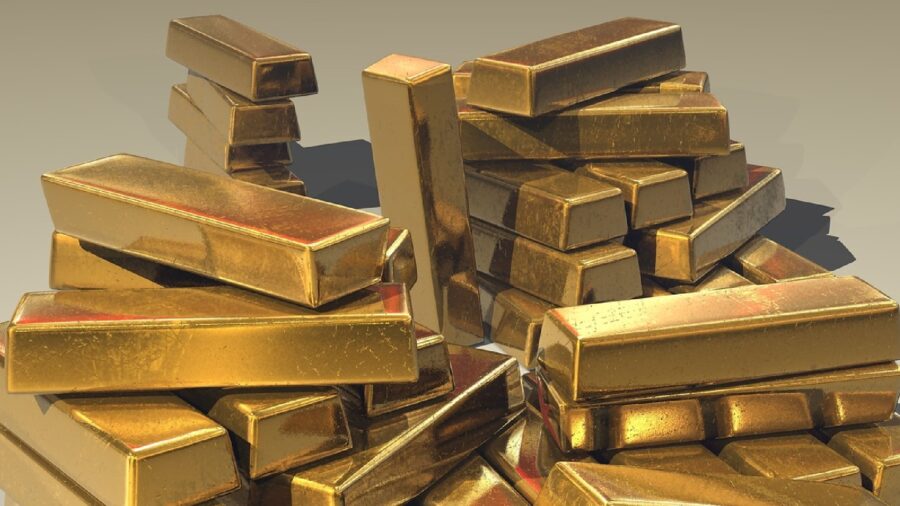
A recent study shows that the same earthquakes that devastate our surroundings also help the natural formation of gold. Now, before anyone reading this tries to frantically shake other materials in hopes of turning them to gold, please note that we’re not discussing alchemy here; we’re actually discussing the formation of gold nuggets and gold veins in pre-existing quartz veins caused by earthquakes.
Recreating Earthquakes
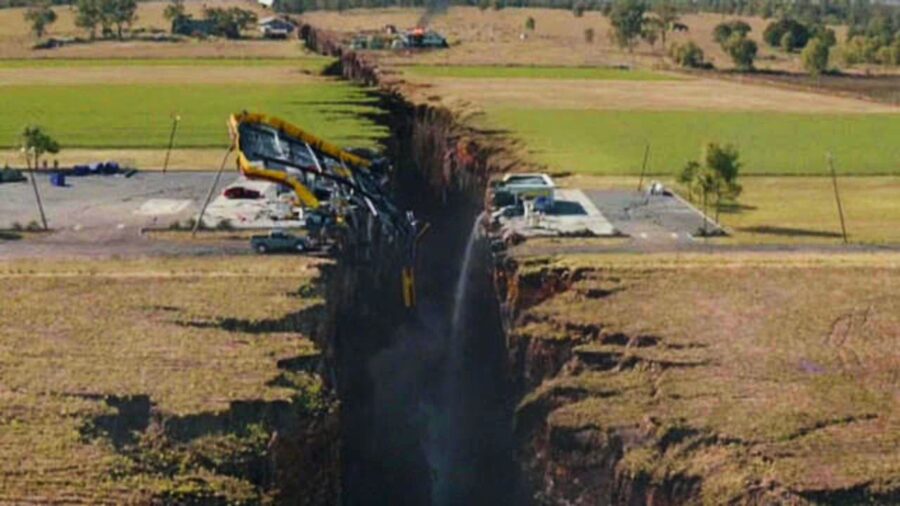
It’s been known for ages that gold naturally forms in quartz, but the exact process of how this is happening has only been theorized thus far. However, a recent study showed that earthquakes play an incredibly important role in the creation of gold nuggets in pre-existing quartz veins through processes nearly all of us learned in 12th grade.
What really makes this newsworthy is the fact that scientists have been able to recreate the earthquake-like conditions necessary to form gold nuggets in quartz in a lab setting.
Hydrothermal Fluids
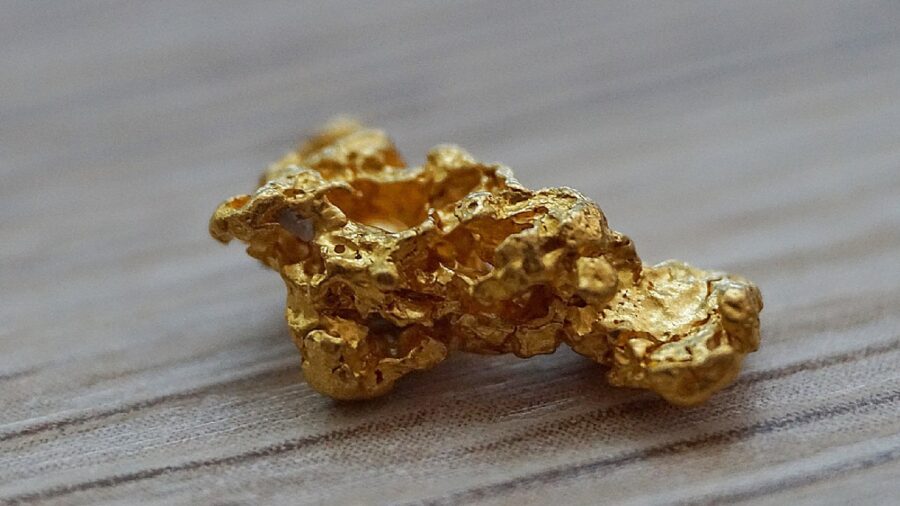
Despite the scientific community’s knowledge about gold formation in quartz, the formation of large nuggets—those weighing several pounds—has puzzled the scientists, who didn’t understand the process behind the formation and mineralization of gold into one concentrated place.
As it turns out, earthquakes play an important role in this process of gold forming, as they often shift hydrothermal fluids deep within the Earth’s crust. This fluid carries gold atoms up from the deep and flushes them through quartz veins, which is where all the magic happens.
Quartz
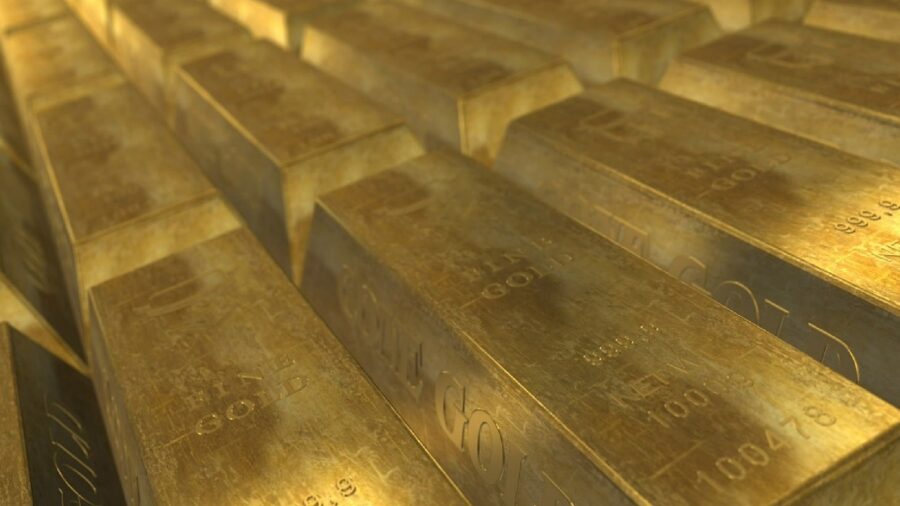
Quartz is a piezoelectric material whose crystal structure becomes distorted when the material is put under mechanical stress, such as pressure, bending, and vibrations. The distortion causes the imbalance in the electric charge distribution within the crystal, which generates voltage—and earthquakes just happen to be the perfect source of pressure, bending, and vibrations.
At the same time, the shifts in the crust that cause earthquakes also pump gold-carrying hydrothermal fluids into quartz veins.
Electrochemical Deposition
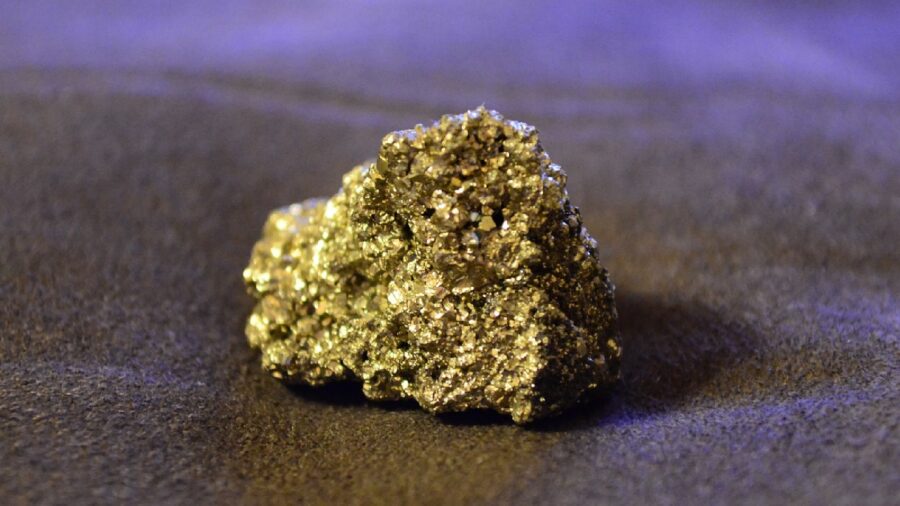
This causes the gold within the quartz to react with the gold dissolved in the hydrothermal fluid solution through electrochemical deposition, in which the gold within the quartz, exposed to the voltage generated by the quartz crystal, acts as a cathode.
In other words, it attracts the gold atoms from the solution, which then solidifies into clusters that grow bigger with each earthquake. The largest nugget formed by gold-making earthquakes that have been discovered to date weighs around 130 pounds.
Pre-Existing Gold
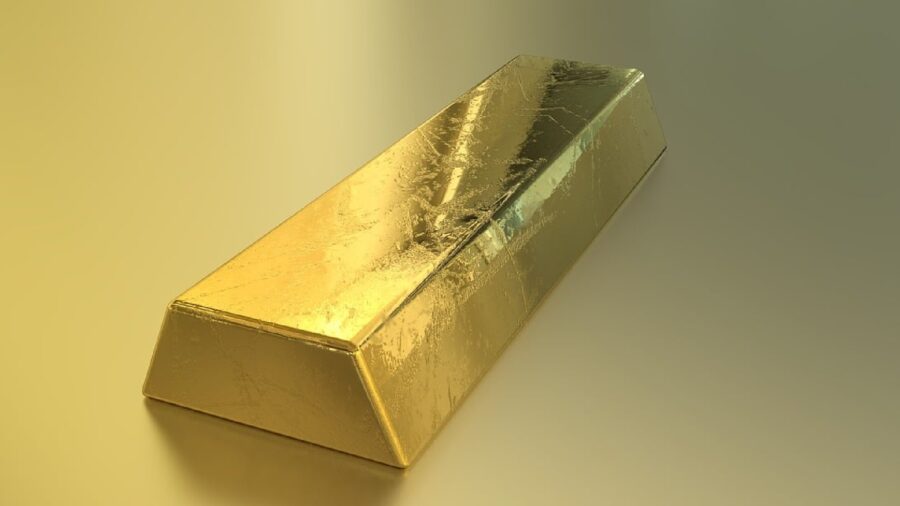
Of course, having pre-existing gold serves as a catalyst for this entire process to happen during earthquakes, and scientists have managed to recreate this process in a lab, allowing them to create even larger gold nuggets, which could potentially have mining applications.
However, the process alone can’t help exploration and geologists find larger deposits and tell them where to mine for gold or the quantity of gold present in quartz deposits in the ground.
The best technology now has to offer are piezoelectric detectors capable of detecting quartz at a certain depth, but they can’t tell us where exactly the quartz veins are and whether or not there’s any gold in them. Fortunately, quartz and gold resulting from these earthquakes are used by the electronics industry, and several other industries as well, so the digging continues.
Source: Nature.com












